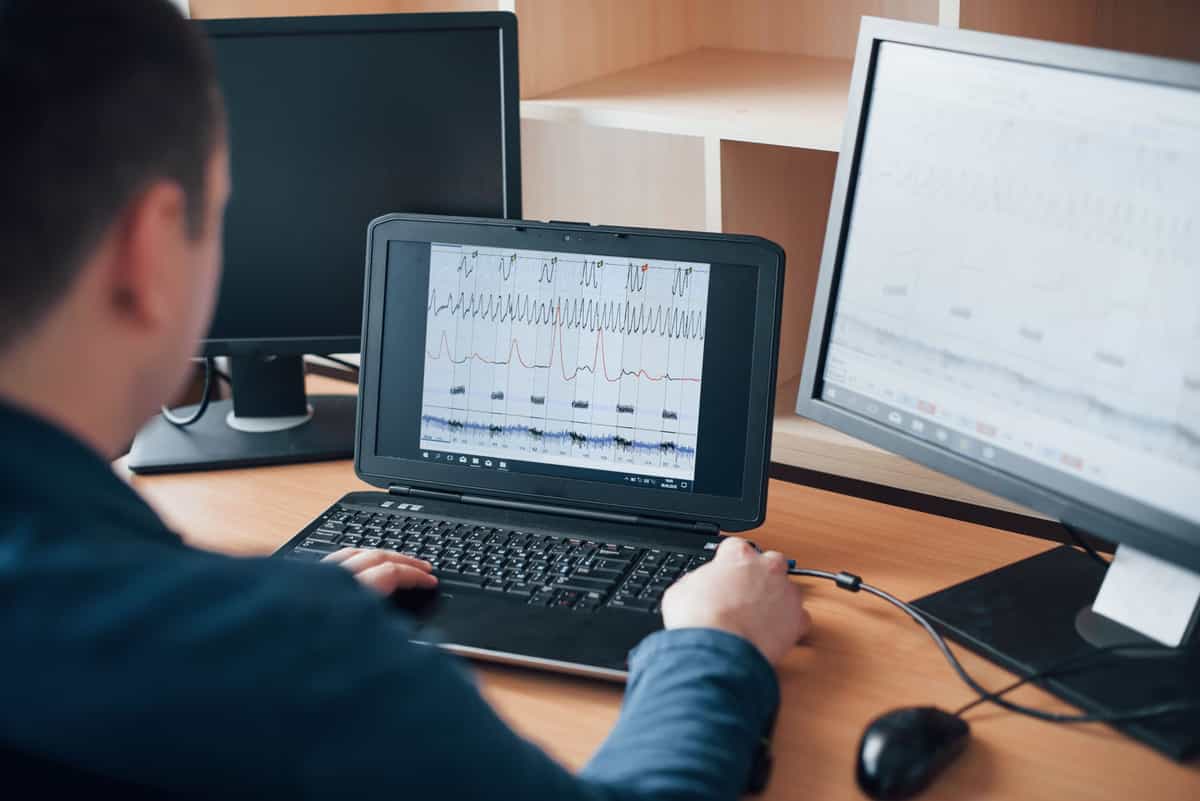Managing risks in healthcare isn’t just about ticking regulatory boxes—it’s about keeping people safe, reducing stress for providers, and ensuring every process runs as smoothly as possible. That’s where modern healthcare risk management solutions come in. Whether you’re overseeing a hospital, clinic, or a broader health system, tools like hospital risk management software and clinical risk management software help organizations stay ahead of potential threats, automate compliance tasks, and deliver better patient outcomes.
Key Takeaways
– Healthcare risk management software enhances patient safety and compliance by leveraging technology for better decision-making and operational efficiency.
– Centralized data systems improve care coordination and minimize redundancy, leading to better patient outcomes and resource conservation.
– Automated workflows significantly streamline compliance processes, reduce administrative burdens, and improve regulatory adherence in healthcare organizations.
A Smarter Way to Manage Healthcare Risk

The role of risk management in healthcare has grown more critical than ever. With rising patient loads, complex regulations, and tight budgets, healthcare teams need more than spreadsheets and paper checklists—they need tech that works with them, not against them.
Modern platforms do just that. They offer centralized, AI-powered solutions that let healthcare providers identify, track, and resolve risks in real time. Whether it’s flagging compliance issues early or helping staff collaborate during critical incidents, this technology creates safer, more efficient environments for both patients and employees.
Why Centralized Data Changes Everything
Imagine having every critical record—medical histories, treatments, billing info—in one place, always up-to-date and instantly accessible. That’s what centralized data systems offer. And the payoff is big:
– No more repeated tests or missed information
– Stronger continuity of care (especially important in telemedicine)
– Better insight into patient outcomes, risks, and trends
With centralized data, decisions are faster, care is more consistent, and operations run smoother across the board.
Real-Time Monitoring Saves Lives
Real-time risk tracking isn’t just a nice-to-have—it’s a must. Top-tier healthcare software comes equipped with built-in incident reporting tools that alert teams instantly when something goes wrong.
– Immediate alerts
– Mobile-friendly reporting tools
– Dashboards with live data and trends
These tools help staff act quickly, stay accountable, and prevent small issues from becoming big problems.
Compliance? Now Automated.

Let’s face it: compliance can be a headache. But automation changes the game. Good risk management platforms streamline everything from policy approvals to report submissions.
You get:
Custom templates to eliminate documentation errors
Easier audits and faster internal reviews
Ongoing tracking of regulatory updates and risks
Result? Less paperwork, more peace of mind—and far fewer sleepless nights before inspections.
What Makes the Best Software Stand Out?
When selecting clinical risk management software, it’s important to focus on features that provide real value in everyday operations and long-term strategy. The right solution not only identifies and tracks risk—it helps teams take control of it.
Risk Assessment Tools
Effective software includes built-in tools to identify vulnerabilities, assess their potential impact, and prioritize actions accordingly. This enables healthcare providers to stay ahead of issues before they affect patients or operations.
Policy & Documentation Management
Strong policy management capabilities ensure that procedures are up-to-date, well-documented, and accessible to all staff. Automated workflows for approval and version tracking reduce confusion and ensure everyone is on the same page.
Predictive Analytics
Modern platforms use historical data to reveal trends and highlight potential future risks. This insight helps leaders make proactive decisions and allocate resources more effectively—resulting in improved care and safer environments.
Real Benefits in the Real World
High-quality risk management software produces real, measurable results for healthcare organizations.
Operational Efficiency
By automating manual tasks and simplifying reporting, these systems reduce administrative workload and free up clinical staff to focus on patient care. The result is faster processes and fewer costly mistakes.
Safer Patients and Staff
With clear incident reporting workflows and centralized tracking, risks are addressed sooner and more systematically. This leads to fewer adverse events and fosters a culture of accountability and continuous improvement.
Improved Compliance
Automated monitoring, documentation, and policy updates help organizations keep up with changing regulations. This minimizes the risk of non-compliance and prepares teams for audits or inspections with minimal disruption.
Stories That Show It Works

Hospital A: Fewer Adverse Events
After deploying a real-time incident monitoring system, Hospital A reduced serious patient safety events by 30% over two years. Staff engagement improved, and patient trust increased as risks were resolved more quickly.
Clinic B: Smoother Compliance
Clinic B replaced manual processes with automated compliance workflows. Within just three months, they cut compliance errors in half and improved internal audit performance—saving time and improving team confidence.
Choosing the Right Solution for Your Team
Every healthcare organization is different. Some require full-featured enterprise systems; others benefit more from lean, focused tools. The key is to align your choice with your goals, scale, and existing technology.
– Define your priorities: Do you need better reporting, faster audits, or stronger risk oversight?
– Evaluate key features: Look for ease of use, customizability, integration support, and mobile accessibility.
– Plan for growth: Choose a platform that can scale with your organization and adapt to future regulatory demands.
Final Thoughts
Implementing clinical risk management software is more than a digital upgrade—it’s a proactive step toward safer care, stronger teams, and better operational outcomes. The most successful healthcare organizations are those that move beyond reactive management and use data-driven tools to stay ahead of risk. With the right solution in place, safety, efficiency, and compliance become part of the daily routine—not a constant challenge.
Learn more about our healthcare monitoring app development services!





















